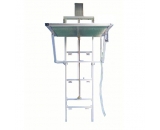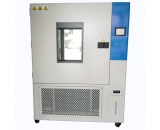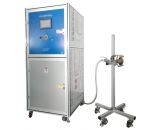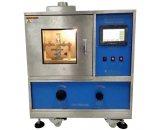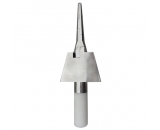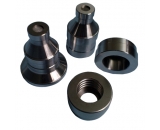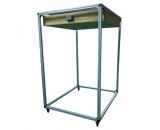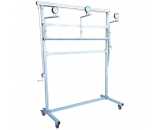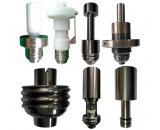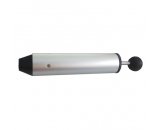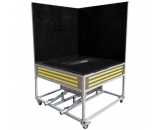|
|
|  DSH 548 DSH 548
$ C# [" I3 S" d: V: ?' f) j" x& r) W( k( r: J# b/ S5 u/ x
| Application of IEC 60320-1 type appliance inlets% h5 C) W+ O0 m7 |0 R7 o
| 1.5.2, 4.5.1& d) v S. P' n( L U- d
| 60950(ed.3)
7 A. w! v' j& ?: F. \! F |
. e+ ]8 Z% U* Z% K; F( lStandard(s):
2 W" C$ R! B# O1 o; UIEC 60950:19999 ]4 W6 u9 J( v) E" e. x* b
Sub clause(s):/ t, Y! G3 I2 S, [; b
1.5.2, 4.5.1
2 k! j Y. `% p: vDec. NO.+ M7 h p' c* Y' [% ]
DSH-5488 [# q& r& x0 ?* R# G, G" Q5 D2 C
Subject:9 Z! S8 W0 E$ E
Application of IEC 60320-1 type
" L1 m' [3 P5 H- M/ uappliance inlets
5 E$ Z. P- j' H/ l! o8 ^* wKey words:( U# b- L' N' f# h3 O8 R
---
. J1 e# f5 |7 E# q* t2 I9 h) I4 L0 EDecision taken at the 41st# p# d5 n6 K, A0 b# r
CTL meeting.
1 x$ O; p4 `4 r) K: \Question:% M5 h1 E8 S: o4 S) V4 Q
Background:/ y9 w+ s; h4 h
An increasing number of Notebook PCs require AC Adaptors to provide output power of up to 150 W' D2 C3 M7 X* H! S2 W$ ~& A+ P: R
at an ambient of up to 40 °C (due Pentium-4 devices). Although designed with a very good efficiency,$ A1 s3 F- G, O* u4 I# Z) \4 ~
the losses still result in high operating temperatures.0 ^+ z- f7 ~. y
Problem:
2 [% ]* ?4 u( m. NIEC 60950:99 refers in several subclauses and in Annex P to IEC 60320 series as relevant IEC5 Y5 y4 }" O# | B; k* z
component standard for appliance inlets.
: q$ X; S& P- Q- _( J. U- g( oHowever, there aren't any specific temperature limits for appliance inlets specified in table 4A parts 1
; k1 o/ J! c0 b" I- r( G7 Land 2.
8 i( ^; x+ _+ c2 z+ i9 `9 @This results in a non-uniform interpretation whether:) x3 i9 ~5 M, y5 {) j4 `8 ~
(a) the temperature limit of external surfaces of equipment which can be touched (95 °C
0 ? B: h+ Q6 f: t/ \6 X$ Dfor the plastic housing of the appliance inlet)
- m# y" m1 u- _; V9 {8 U N) bOR& @5 B: n4 h( a( p4 C
(b) the temperature limit of IEC 60320-1 (70 °C for the pins of the appliance inlet for cold2 \; G! {7 j/ ~ y( ]
conditions): j8 }' W- v; K4 ]' T2 t) i( @; |& c
shall be chosen for the assessment of the maximum temperature of the appliance inlet.( k3 @6 m' ?; o" a
A clarification for following would be helpful:, Q7 c3 ^5 ~- w9 `4 x" |
(i) Is (only) the maximum temperature of the appliance inlet housing to be measured?, {+ H1 I% F7 z
OR
, i4 n) l* T2 k(ii) Is it necessary to measure besides the temperature of accessible surfaces as well5 L8 L2 f/ a' G8 g" ^: m
the maximum temperature of the pins of an appliance inlet (test location as required
$ N+ s) j! L' Uaccording to IEC 60320-1)?# z' W$ f" u. J p, f6 [& b
Decision: M* e6 r) V/ ^ C' Q
For testing of a product incorporating IEC 60320-1 type appliance inlets, the temperature limits and( V7 B+ e8 y7 U& ?% z+ O
locations for temperature measurements as described in IEC 60320-1 shall apply:0 r% p# T1 D$ j! f
• 70 °C maximum pin temperature for appliance inlet for cold conditions
1 S. K: m( y. {! c• Test location: Base of the pin (part of the pin where it protrudes from the engagement face)) X/ S' {6 c2 ?2 n
The temperature rise shall be determined at the maximum room ambient temperature as declared by
; q# W# y& a4 }8 a. b3 kthe AC Adaptor's manufacturer.5 T- R7 H- a0 L2 d! u( A
1 X/ X& L% n! Y; G
! H4 }$ [( V9 L$ } |
本帖子中包含更多资源
您需要 登录 才可以下载或查看,没有账号?注册安规
x
|



 窥视卡
窥视卡 雷达卡
雷达卡 发表于 2012-11-6 14:41
发表于 2012-11-6 14:41
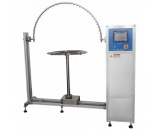

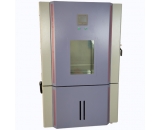
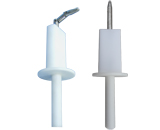
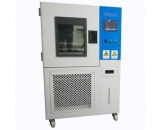
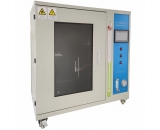
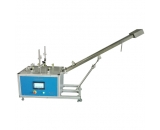
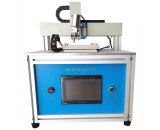
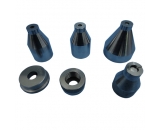
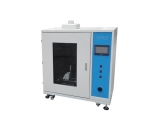
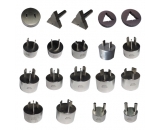
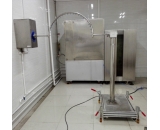
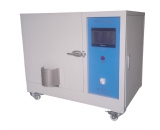
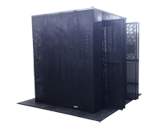
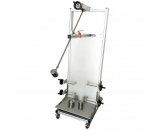
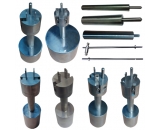
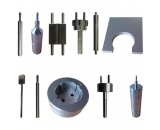
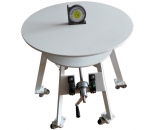
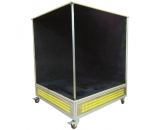
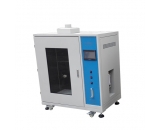
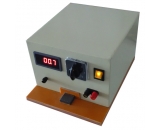
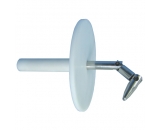
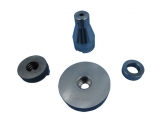
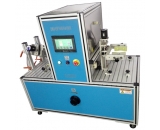
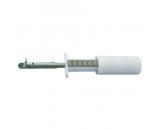
 提升卡
提升卡 置顶卡
置顶卡 沉默卡
沉默卡 喧嚣卡
喧嚣卡 变色卡
变色卡 抢沙发
抢沙发 千斤顶
千斤顶 显身卡
显身卡 发表于 2014-10-31 09:28
发表于 2014-10-31 09:28



